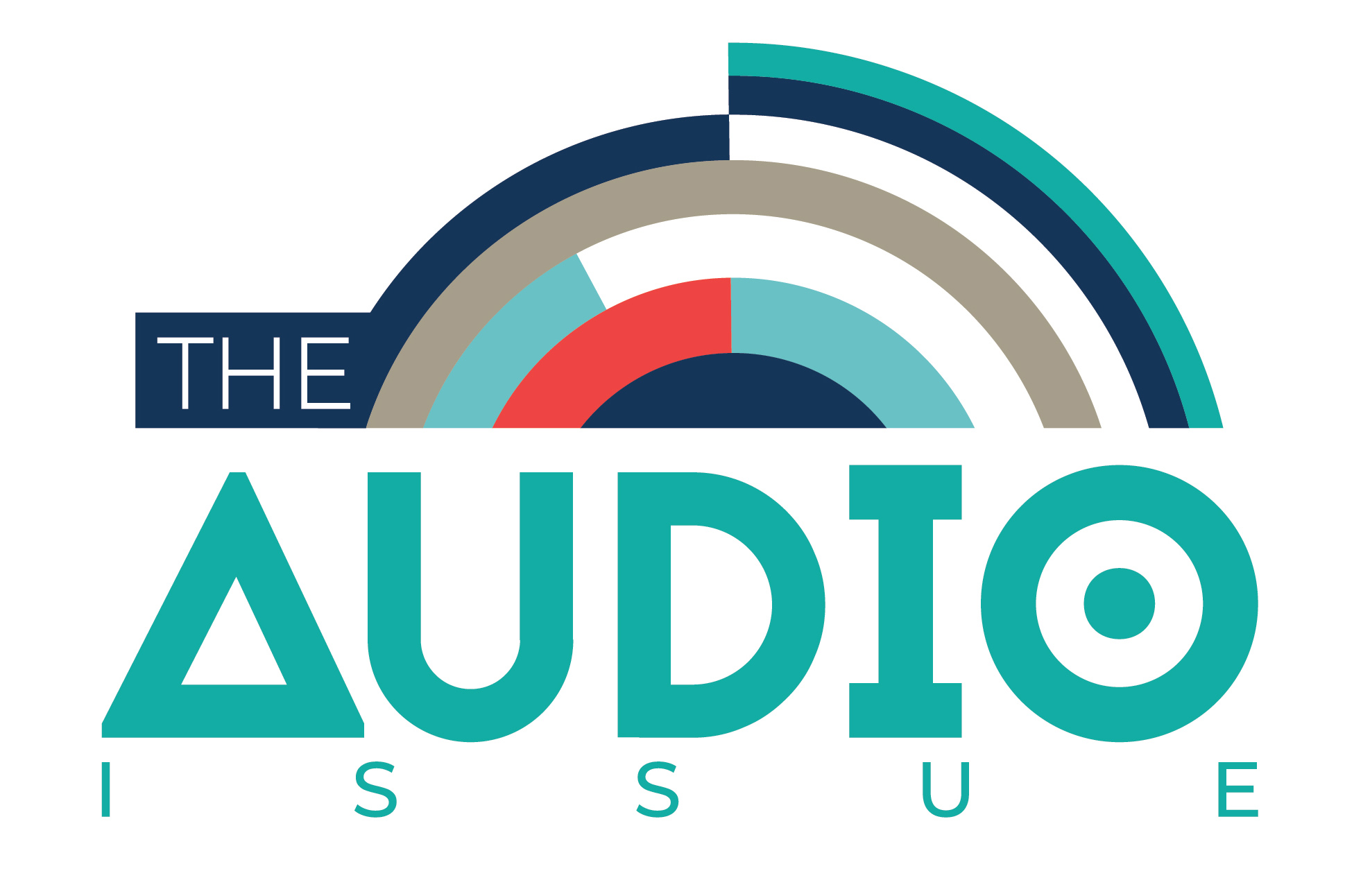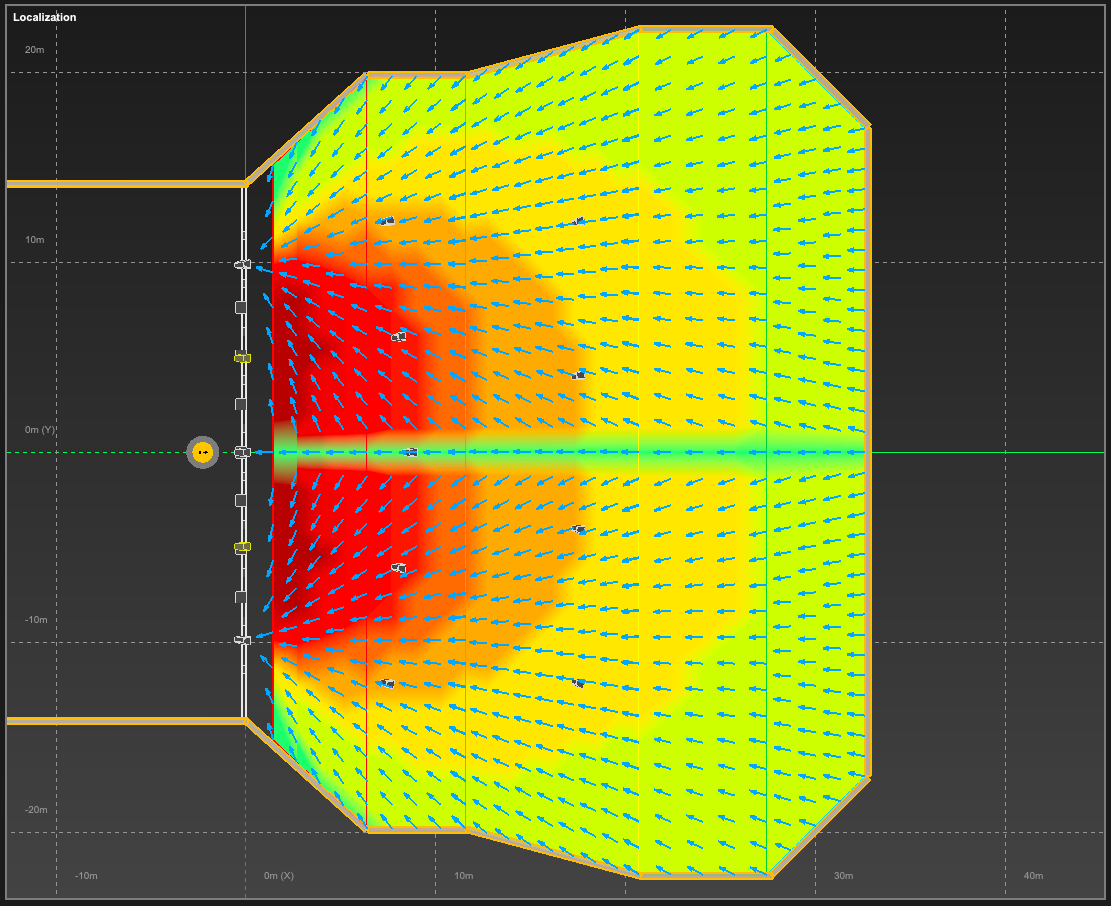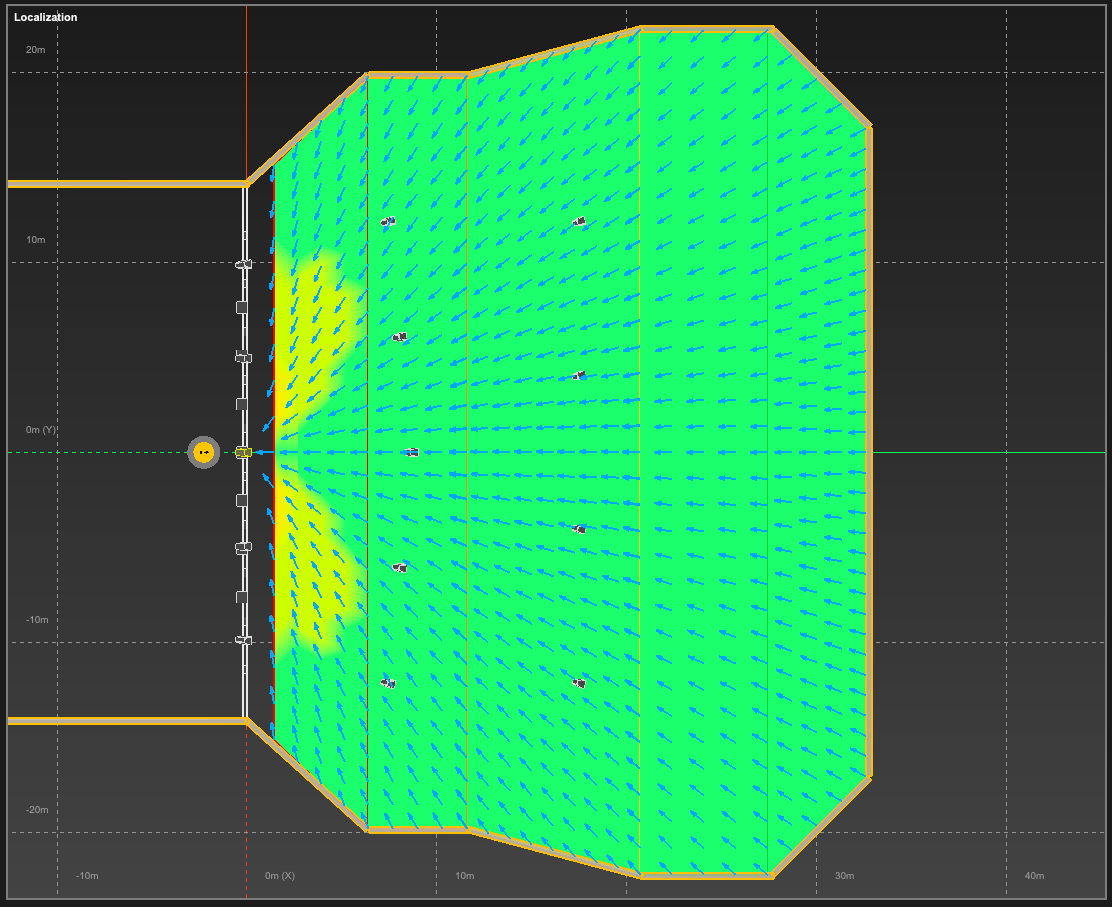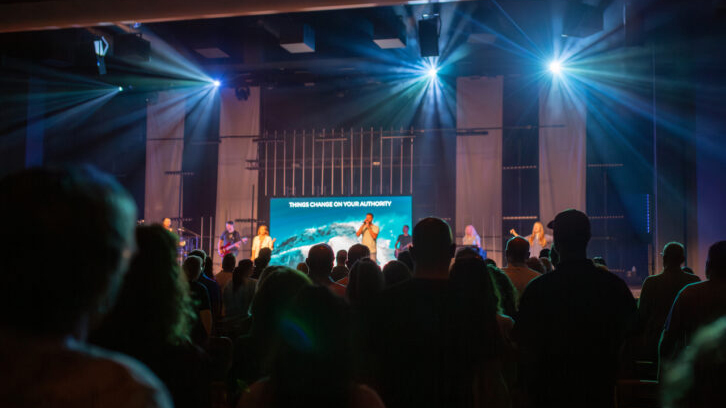Immersive has become a common buzzword in the AV world. It has been used to describe enhanced experiences ranging from cinema and themed entertainment to theatrical performances, conjuring up images and sounds of panoramic environments, jets flying overhead, or being in the middle of a rainforest enjoying a dining experience.

The term “immersive audio” actually has roots in cinema, creating some perceived association to surround sound as the closest relatable concept, although they are not in the same realm of performance and flexibility. Beyond the buzzword, there is a world of commercial applications that will help achieve the practical communication goals of venue stakeholders.
“Spatial audio” is a less dramatic and more accurate description for the systems being deployed today. We live in a spatial world; therefore, our senses are highly tuned to interpret our three-dimensional environments efficiently. We know when people are speaking directly to us and can easily redirect our attention when our name is called from a distance in any direction. Our highly advanced ear-brain system can use sound pressure levels and arrival times to pinpoint localization of sounds with the additional layer of content and context comprehension and filtering.
Sound Alignment Assistance
While our different senses can work independently, they also work as a cohesive group to improve the efficiency of comprehension. Scientific studies have shown that our brains work harder when we are forced to manually align sound with what we are seeing.
For example, when viewing a panel of presenters on stage from afar and hearing all of them from a single loudspeaker position, usually the one closest to us and nowhere near the presenters’ actual position, our brains work overtime in the background to discern who is speaking before we can digest the content of what is being said. This can affect one’s ability to engage with the content at a deep level. Spatial systems can ease this extraneous workload for the brain, simply delivering the spatial context that is aligned with the person speaking on stage.

Another benefit that should not be overlooked is that spatial systems can widen the “sweet spot” listening area to ensure the entire audience is experiencing the same localization, no matter where they are seated. Traditional audio system design focuses on intelligibility and even coverage throughout the seating area, but typically lacks accurate localization for all but a small sliver of the audience. Spatial systems can deliver it all—precise intelligibility, smooth coverage, and accurate localization for the entire audience—particularly when utilizing high quality loudspeaker systems and spatial processing engines that incorporate dynamic time delay along with level processing.
[The Integration Guide to House of Worship 2023]
Corporate auditoriums and contemporary houses of worship have more in common than one would assume, at least from an AV perspective. Both environments typically have a variety of video content and a talking head (or more) on stage who expects their listeners to engage with every word. They want to provide a distraction-free environment for best transmission of their messages.

The systems usually consist of large video screens, production lighting, and a sound system to support it. Line arrays can be problematic to video sightlines, but a spatial audio system can offer smaller loudspeakers or shorter array lengths, just distributed to more positions. This brings an advantage to both visual sightlines and sound localization, augmenting the engagement that stakeholders expect.
In addition, there are other enhancement functions that can be performed. For example, spatial systems can unify a house-of-worship congregation for a shared experience using virtual acoustics. To alleviate the feeling of a congregant singing alone, the system can disperse enhanced acoustical energy throughout the space, creating a sense of togetherness. These systems can even deliver flexibility for a multipurpose conference area, where different seating and/or speaking configurations are required, or even rooms that need to be split and combined, all without the need of traditional DSP systems—and with the added benefit of audio localization for the audience.
Simulation Simplicity
The concept of spatial sound is not new, but technology has enabled us to deploy it easier than ever with convenient simulation tools, streamlined workflow, and simple control. Systems are designed with many of the same fundamentals, albeit some different than what we have been accustomed to with traditional audio systems. The loudspeaker layouts are flexible, allowing for systems to be designed in 180-360 degrees and everything in between.

The ability to scale based on the configuration of the stage or size of the audience area is not a problem. Use point sources, line arrays, augmented arrays—whatever is appropriate for the space will work. Acoustic simulation software can now predict the efficacy of a system to deliver proper localization of a sound object, providing insight on whether adjustments to the design are required at the planning stages.
Technology is making the versatility, ease, and scalability of these “immersive” systems more attainable to a wider range of applications.
Through this marriage of multiple loudspeaker positions with an intelligent central processor, object-based mixing becomes a reality. Simply stated, the processor makes all the decisions on which loudspeakers are outputting signals to achieve the best spatialization of that object, having awareness of those loudspeaker types and positions. Loudspeakers act as a functional group rather than individual outputs.
This is very different than a bus-based system where the operator is assigning inputs directly to loudspeaker outputs. The result of object-based mixing provides seamless interaction of placing objects in a graphical representation of the stage, making it very simple for audio engineers to quickly assign positioning. Tracking systems can also be utilized to decrease the effort further, and even standard control systems can regulate presets and parameters for typical setups.
[Esports Fans Immersed into World Championships with d&b Soundscape]
We haven’t even begun to tap the potential that spatial audio systems can deliver to commercial applications beyond entertainment. Technology is making the versatility, ease, and scalability of these “immersive” systems more attainable to a wider range of applications, particularly as stakeholders strive to gain more engagement from their listeners and deliver a more captivating in-person experience through technology.

